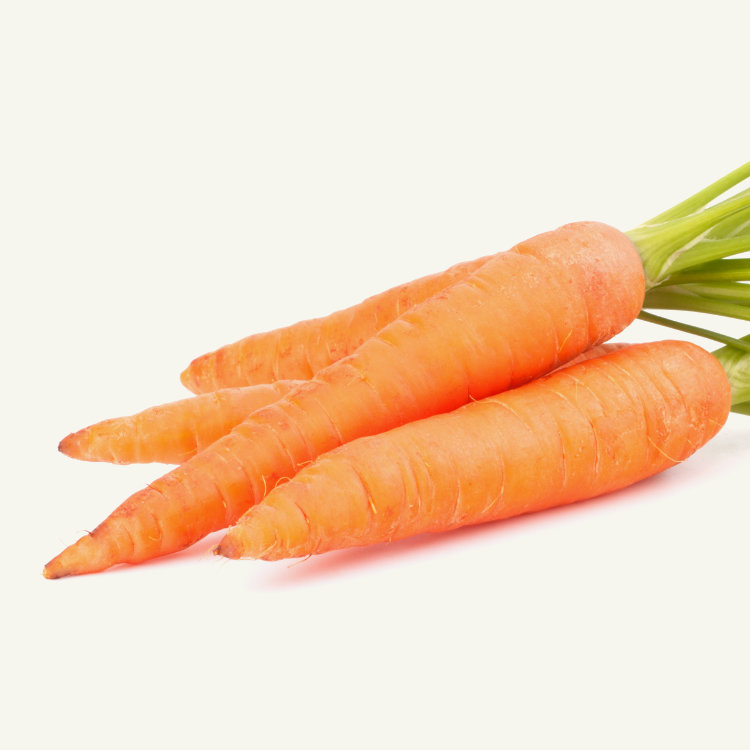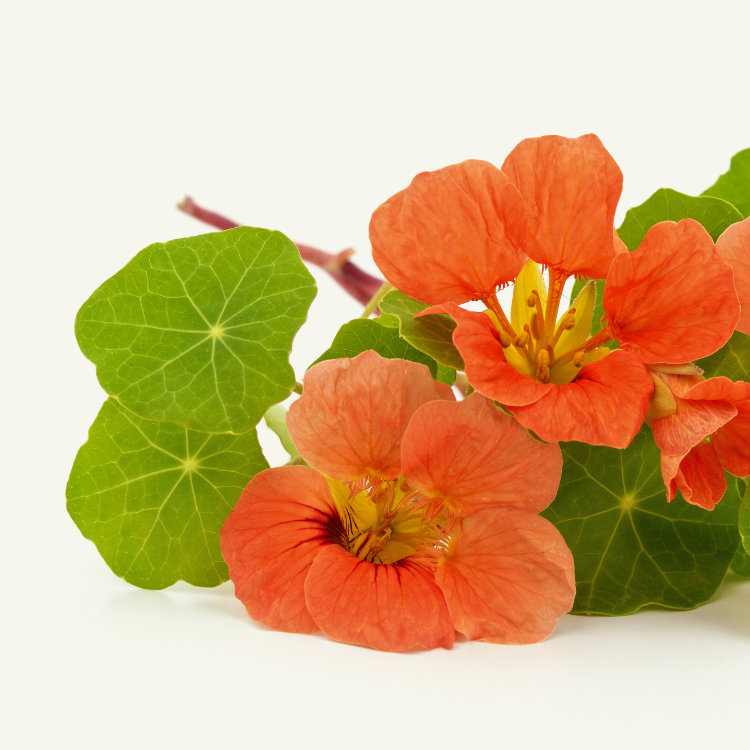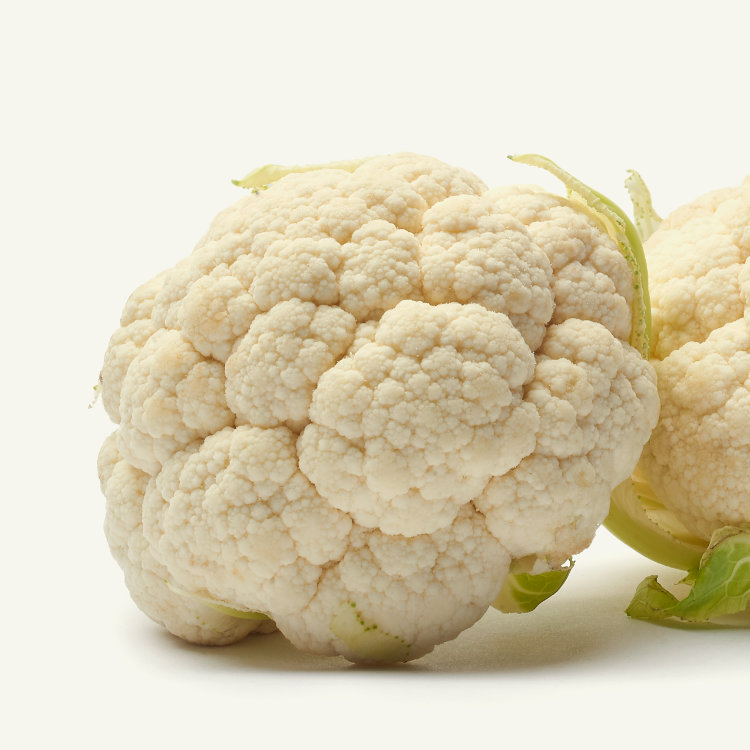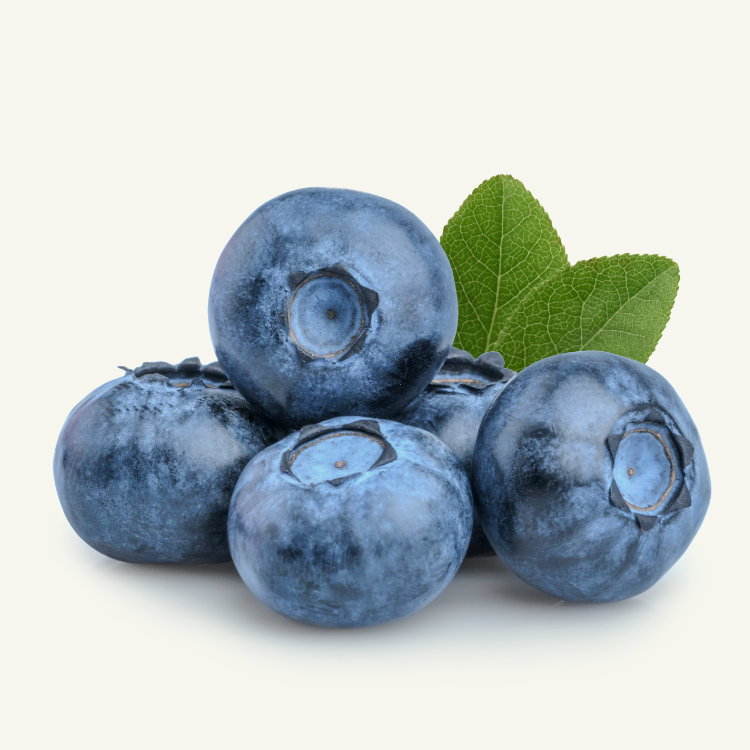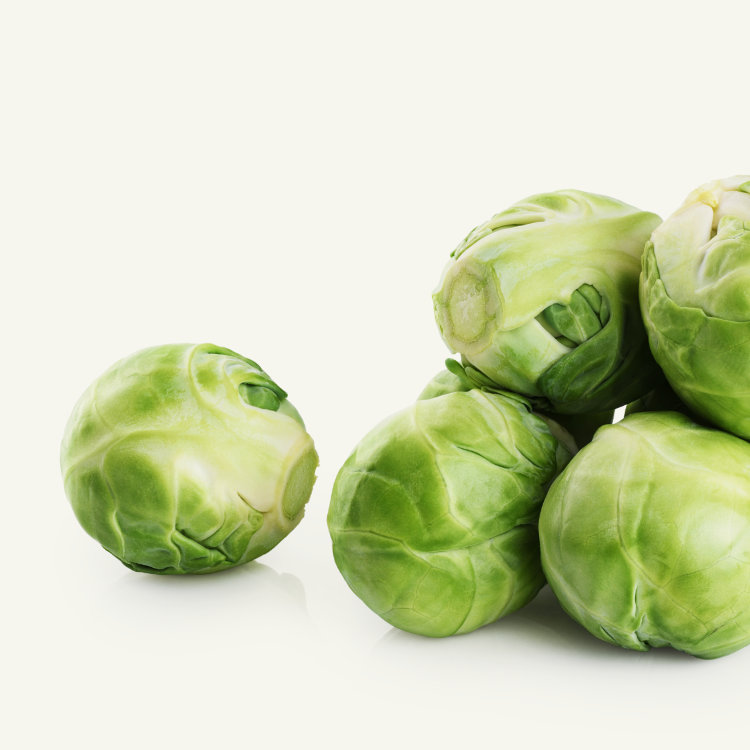Description
Carrot, Daucus carota subsp. sativus is a herbaceous, biennial plant, in the umbellifer family, Apiaceae. It is grown for its edible root vegetable, typically orange in colour. There are, however, cultivars of other colours.
Carrots are cool-season crops that grow best in well-draining, loose, sandy soil. They need full sun for optimum development but tolerate some shade.
Fast-growing cultivars can be combined with slower-maturing cultivars for harvests almost all year round. Carrots only flower in the second year.
Characteristics
Plant
Type
Herb
Life
Cycle
Biennial
Plant
Height
0,15–1,2 m
(0,5–4 ft)
Plant
Spread
30 cm
(12 in)
Biodynamic
Group
Root
Plants
Hardiness
Zones
USDA 3-10
RHS H3
Carrot roots can be consumed fresh or cooked. The most commonly eaten part of the plant is the taproot, although the stems and leaves are also edible.
Growing Conditions
Sunlight
Full sun
Water
Moist well drained
Soil
Sand, clay, loam.
Fertilization
Moderate
PH
5.5 to 7.0
Culture Guide
Propagation
From seeds
Deep
0,6 cm
(0.25 inches)
Space
8 cm
(3 inches) between plants
Distance
25–30 cm
(10–12 inches) between rows
Calendar
JANUARY
FEBRUARY
MARCH
APRIL
MAY
JUNE
JULY
AUGUST
SEPTEMBER
OCTOBER
NOVEMBER
DECEMBER
Unfavourable. Sow/Plant Sow/Plant/Harvest. Harvest.
Sowing, planting, and harvesting times are region and hardiness zone-dependent. Please adjust dates according to country and crop used.
To know the best times for indoor seeding, outdoor sowing, planting, and harvest, please consult our gardening calendar.
Pairs
Companion planting is an excellent method to maximise space, improve pollination, deterring pests, prevent diseases, and improve growth.
Discover what crops can you use for better results, and the ones you should avoid.
Positive
Applemint
Aubergine
Basil
Broccoli
Cabbage
Cucumber
Garlic
Leek
Onion
Pea
Radish
Sage
Tomato
Zucchini
Negative
Alfalfa
Beet
Chive
Celery Root
Parsley
Sweet Potato
Pests and Diseases
Carrots are very resistant to pests and if combined with garlic, onion, or radish, most of them don’t become a problem at all. Regarding diseases, they are generally disease-free. The few problems they may have are easily preventable and controllable.
Most common are aphids, carrot fly, black rot, cottony rot, downy mildew, carrot weevil, flea beetle, and root-knot nematodes.
Prevention and Control
Prevention and control methods depend mostly on the pests and diseases affecting your plants. Weather, soil, and the surrounding environment can also promote or demote plant problems.
For the most common issues, you can use horsetail decoction, pyrethrum, neem oil, and Bacillus thuringiensis.
Nutrients
Energy
Carbohydrates
Water
Average nutrition values per 100 g. of edible portion.
Percentage of daily values based on a 2000 calorie diet.
Health Benefits
Carrots are one of the vegetable kings of vitamin A. 100g of them can give you more than 500% of your daily needs!! Vitamin B6, vitamin C, and vitamin K have also relevant amounts. In terms of minerals, potassium, and manganese are the ones whose values best fulfils your recommended daily needs.
The best-known benefit associated with carrots is eye health. But the list is long and includes cancer prevention, anti-aging prevention, healthy skin, lower risk of heart disease, healthy teeth and gums, stroke prevention, and many more.
You may also like to know more about

